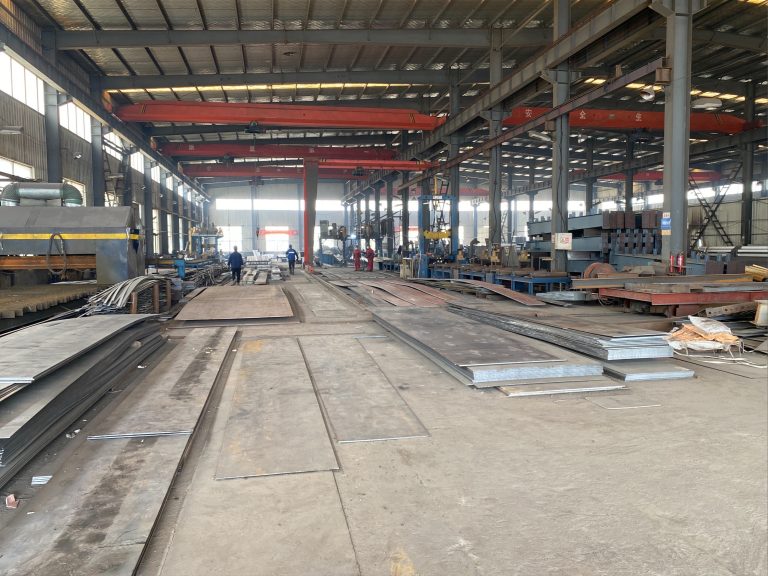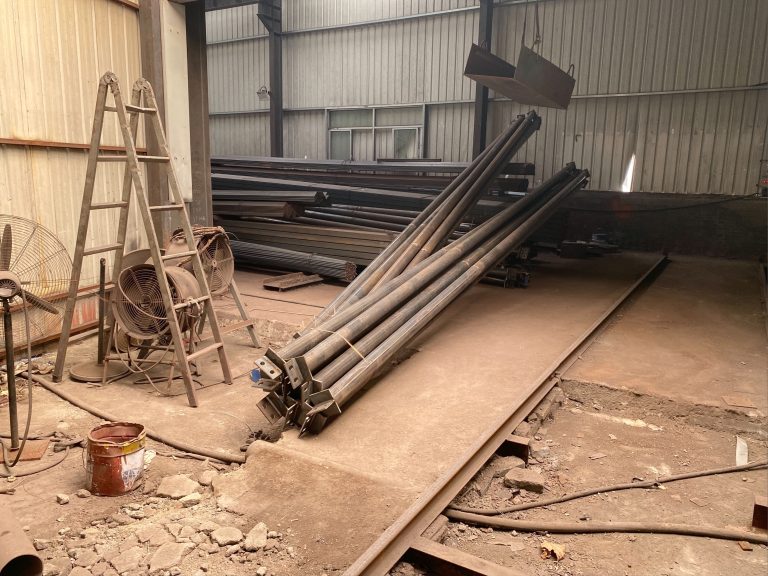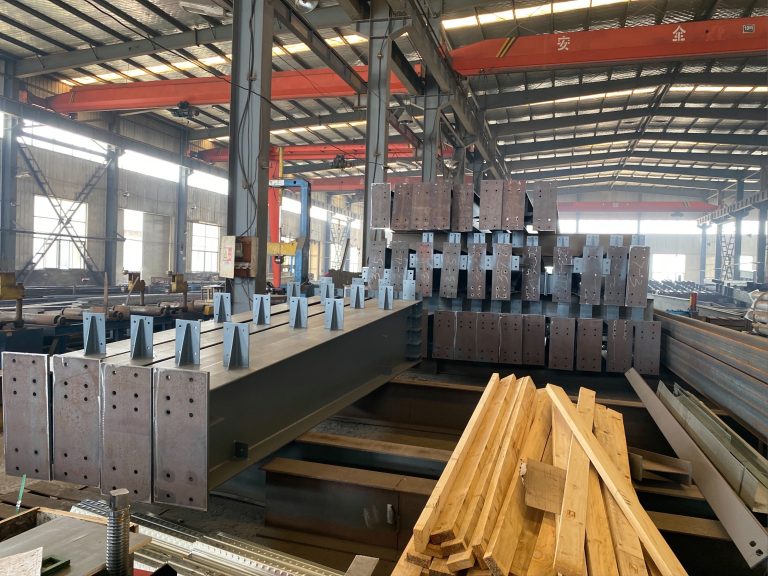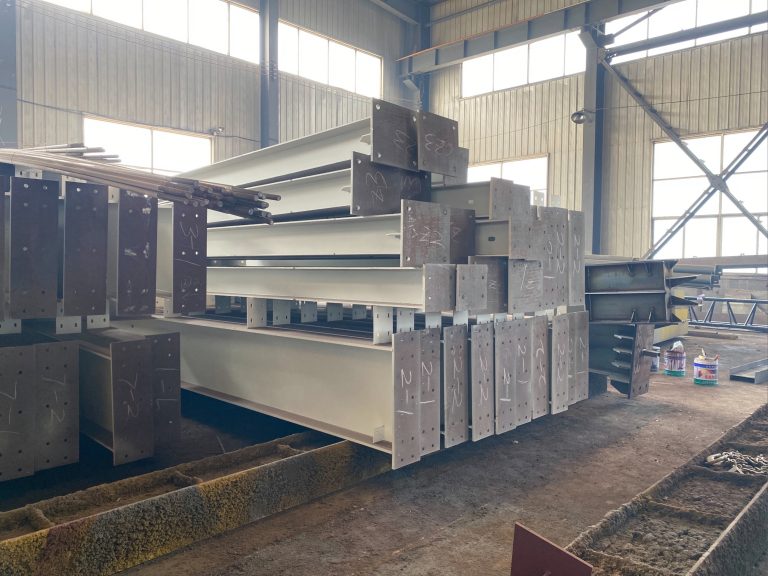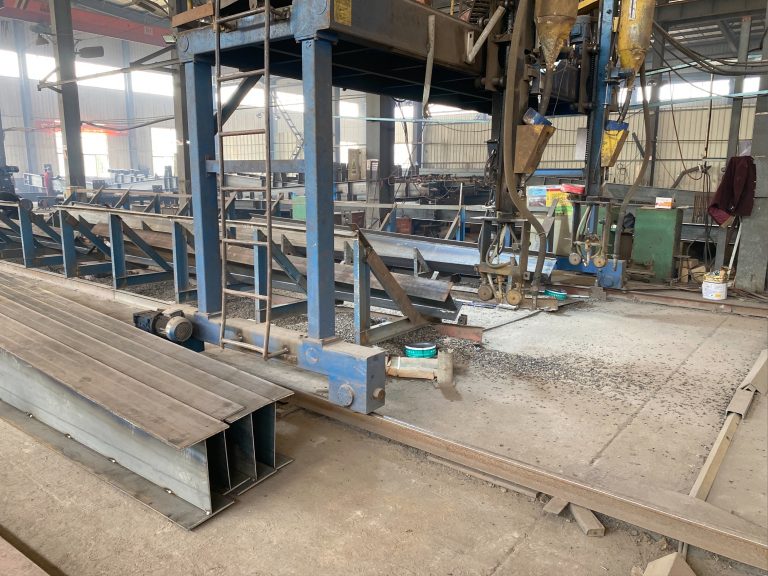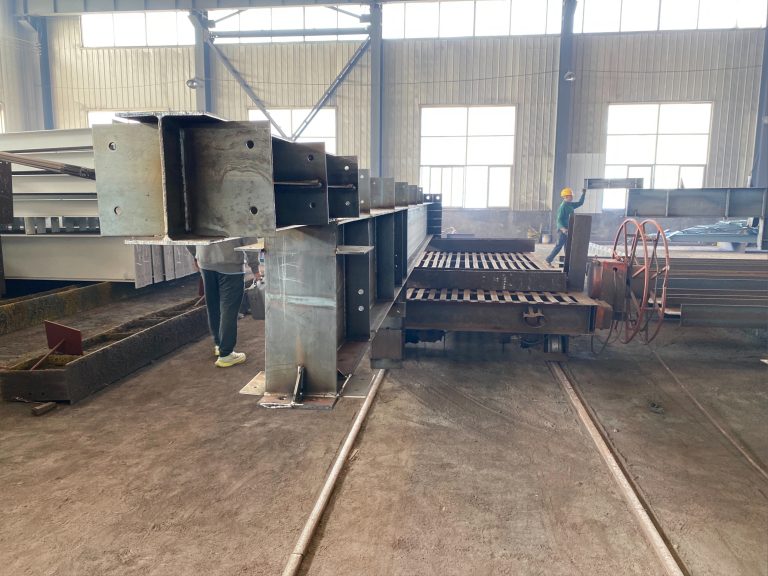Steel structure gas storage facilities: a key structure for energy storage.
Table of Contents
Advantages of Steel Structure Gas Storage Facilities
Steel structure gas storage facilities play a crucial role in the energy sector, providing a reliable and efficient means of storing natural gas for future use. These facilities are designed to withstand extreme conditions and ensure the safety and security of the stored gas. In this article, we will explore the advantages of steel structure gas storage facilities and why they are considered a key structure for energy storage.
One of the primary advantages of steel structure gas storage facilities is their durability and strength. Steel is a highly resilient material that can withstand harsh environmental conditions, such as high winds, heavy snow loads, and seismic activity. This makes steel structure gas storage facilities ideal for use in areas prone to extreme weather events, ensuring the safety and integrity of the stored gas.
In addition to their durability, steel structure gas storage facilities are also highly customizable and can be designed to meet the specific needs of the project. Whether it is a small-scale storage facility for a local utility company or a large-scale facility for a major energy provider, steel structures can be tailored to accommodate different storage capacities and configurations. This flexibility allows for efficient use of space and resources, making steel structure gas storage facilities a cost-effective solution for energy storage.
Furthermore, steel structure gas storage facilities are quick and easy to construct, reducing the overall project timeline and minimizing disruptions to the surrounding area. Steel components are prefabricated off-site and assembled on-site, streamlining the construction process and ensuring timely completion of the project. This not only saves time and money but also minimizes the environmental impact of the construction process.
Another key advantage of steel structure gas storage facilities is their low maintenance requirements. Steel is a low-maintenance material that is resistant to corrosion, rust, and degradation, ensuring the long-term integrity of the structure. This reduces the need for frequent repairs and maintenance, saving time and money over the life of the facility.
Additionally, steel structure gas storage facilities are highly secure and provide a safe environment for storing natural gas. Steel is a non-combustible material that is resistant to fire, making it an ideal choice for storing flammable gases. Steel structures can also be equipped with advanced security features, such as surveillance cameras, access control systems, and perimeter fencing, to ensure the safety and security of the facility.
In conclusion, steel structure gas storage facilities offer a wide range of advantages that make them a key structure for energy storage. From their durability and strength to their customization and low maintenance requirements, steel structures provide a reliable and efficient solution for storing natural gas. With their quick construction timeline and high level of security, steel structure gas storage facilities are an essential component of the energy sector, ensuring the safe and reliable storage of natural gas for future use.
Design Considerations for Steel Structure Gas Storage Facilities
Steel structure gas storage facilities play a crucial role in the energy sector by providing a reliable and efficient means of storing natural gas. These facilities are essential for ensuring a steady supply of energy to meet the demands of consumers and industries. Designing a steel structure gas storage facility requires careful consideration of various factors to ensure its safety, durability, and efficiency.

One of the key design considerations for steel structure gas storage facilities is the type of steel used in construction. High-strength steel is commonly used for these structures due to its superior strength and durability. This type of steel can withstand the high pressures and temperatures associated with storing natural gas, making it an ideal choice for gas storage facilities.
In addition to the type of steel used, the design of the facility must also take into account the size and shape of the storage tanks. The size of the tanks will depend on the amount of gas that needs to be stored and the space available for the facility. The shape of the tanks can vary depending on the specific requirements of the project, with options including cylindrical, spherical, and rectangular tanks.
Another important consideration in the design of steel structure gas storage facilities is the safety features that need to be incorporated into the facility. Safety is paramount when dealing with natural gas, as it is a highly flammable and potentially dangerous substance. The facility must be designed to prevent leaks, fires, and other hazards that could pose a risk to workers and the surrounding environment.
To ensure the safety of the facility, it is essential to include features such as emergency shut-off valves, pressure relief systems, and leak detection systems. These safety features are designed to prevent accidents and minimize the impact of any incidents that may occur. Additionally, regular inspections and maintenance are necessary to ensure that the facility remains in good working condition and complies with safety regulations.
Efficiency is another important consideration in the design of steel structure gas storage facilities. The facility must be designed to maximize the storage capacity of the tanks while minimizing the energy required to operate the facility. This can be achieved through the use of efficient insulation, heating, and cooling systems, as well as the implementation of automated control systems to optimize the operation of the facility.
Transitional phrases such as “in addition to,” “another important consideration,” and “to ensure” can help guide the reader through the article and connect the various ideas presented. By carefully considering these design considerations, engineers can create steel structure gas storage facilities that are safe, efficient, and reliable, ensuring a steady supply of energy for consumers and industries.

